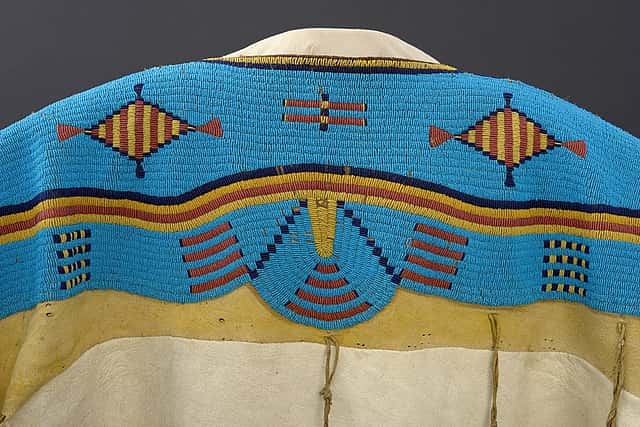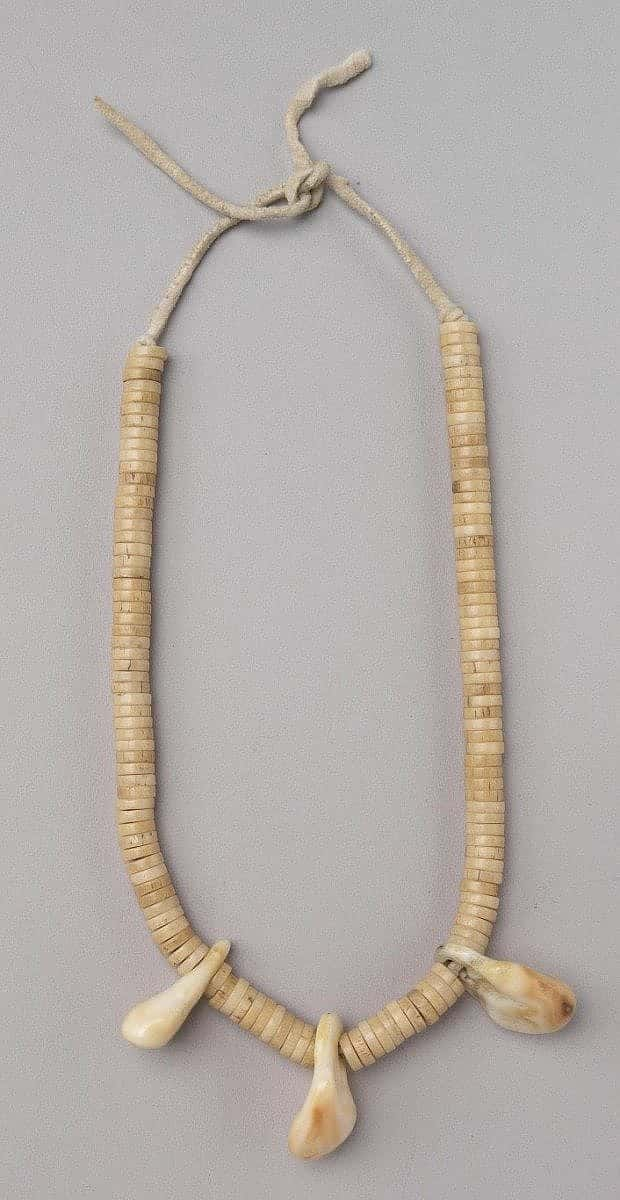
Top 10 Visitor Questions to the Plains Indian Museum—Beads Glorious Beads!
Our visitors ask great questions, and we strive to provide answers to some of the items that people find most intriguing or perplexing. Each week we will feature a FAQ (Frequently Asked Question) to the Plains Indian Museum, and a response for visitors who want to know more! Keep those questions coming…
Q: How did Plains Indians get glass beads?
A: By the mid-1800s, when Europeans arrived on the Plains, their trade goods such as glass beads, colored cloth, iron implements, and guns had preceded them along well-established and dynamic Native trade routes. Most of the beads were made of glass, a material previously unknown to the Native cultures. They often replaced Indian-made beads of bone, shell, copper and stone.
Beads were important for early trade items because they were compact and easily transportable. “Pony” beads, thus named because they were transported by traders with pony pack trains, arrived in the early 1800s. Beginning about 1840, colorful, tiny “seed beads,” usually two millimeters or less in diameter, were traded in bulk, the result of the standardization of manufacturing techniques in Venice and other eastern European countries, which made it possible to produce beads of uniform size, shape, and color. Beadwork, following the earlier tradition of adornment with porcupine quillwork, became a dominant form of artwork on the Plains by the second half of the nineteenth century and thrives today.
Written By
Rebecca West
Named as the Center of the West's new Executive Director in April 2021, Rebecca West has served as Curator of Plains Indian Cultures, as well as the Collier-Read Director of Curatorial, Education, and Museum Services. Rebecca has worked with the people, objects, ideas, and programs that define the Plains Indian Museum at the Buffalo Bill Center of the West.




